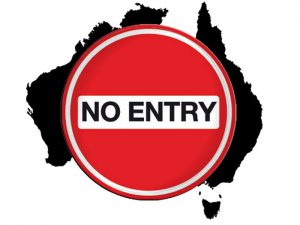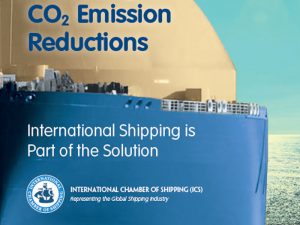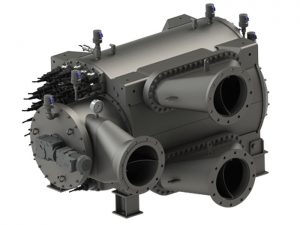
Sulfur in Danish air halved since ship fuel limits imposed
Evidence for the dramatic reduction comes from measurements taken by a technologically advanced “nose” or “sniffer” installed on the Great Belt Bridge to monitor ships’ compliance with the new rules. Installed by the Danish Ministry of the Environment and Food, the sniffercan detect the use of illegal fuels by ships sailing under the bridge.
The first air measurements performed by the sniffer show that 98% of ships comply with the sulfur standards and, according to a new report by the Danish Center for Environment and Energy at Aarhus University (DCE), the total content of airborne sulfur has been reduced by up to 60% since the new year.
“Sulfur and particles are harmful to people, so it is good news that the new environmental requirements are having an effect. As the first country in the world, Denmark has implemented new technology to monitor ships’ emissions and ensure full compliance with the requirements. Significant economic savings are possible by circumventing the law, so monitoring and enforcement are important to avoid harmful pollution from the ships and an unfair competitive situation for the law-abiding shipowners,” says Minister for Environment and Food Eva Kjer Hansen.
The additional costs of fuel depend on the size and speed of the ship, but they can be up to DKK 1 million for a round trip journey between the English Channel and Baltic Sea.
Monitoring at the Great Belt Bridge is not the only measure. A sniffer is also installed on a small plane that monitors ships sailing along major shipping routes through Danish waters. If the sniffer measurements show that a ship is using illegal fuel, the authorities at the next port are notified so that they can stop the violation.
Chalmers University developed the sniffer technology. The Ministry of the Environment and Food is funding the monitoring efforts, which cost DKK 6.3 million.
“The Danish shipowners fully support the new requirements and there is a positive, close cooperation regarding monitoring and enforcement between the Ministry of the Environment and Food and the Danish Shipowners’ Association, under the auspices of the Partnership for Green Shipping,” says Director General Anne H. Steffesen of the Danish Shipowners’ Association. “Effective international enforcement is crucial to the industry and ensuring equal competitive conditions for all. Remote monitoring from bridges and aircraft can be an important part of ensuring compliance with the rules – especially when stricter requirements take effect worldwide by 2025, making international enforcement even more important.”
A joint international effort to ensure that ships comply with environmental requirements is important. Therefore, Denmark is currently working in the EU and the UN International Maritime Organization to ensure effective and uniform monitoring and enforcement.
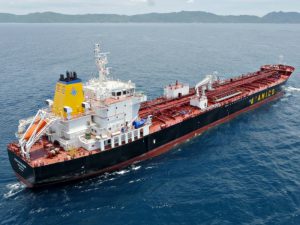
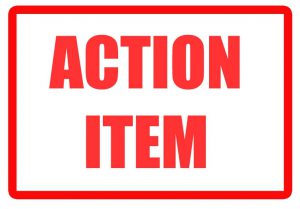
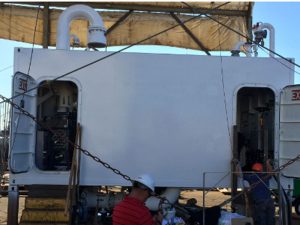
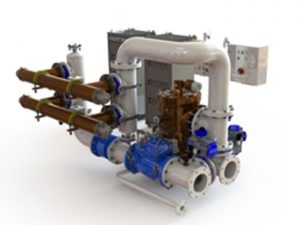
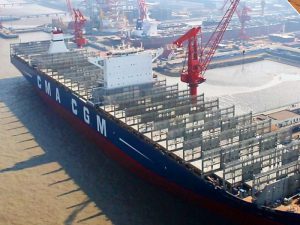

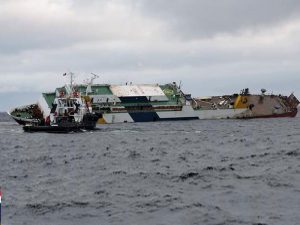
 The Chilean Maritime Authority (DIRECTEMAR), which is a department of the Chilean Navy, granted permission for the vessel to be sunk under its supervision in 2,700 m of water, northwest of Puerto Natales and over 70 km off Diego de Almagro Island.
The Chilean Maritime Authority (DIRECTEMAR), which is a department of the Chilean Navy, granted permission for the vessel to be sunk under its supervision in 2,700 m of water, northwest of Puerto Natales and over 70 km off Diego de Almagro Island.